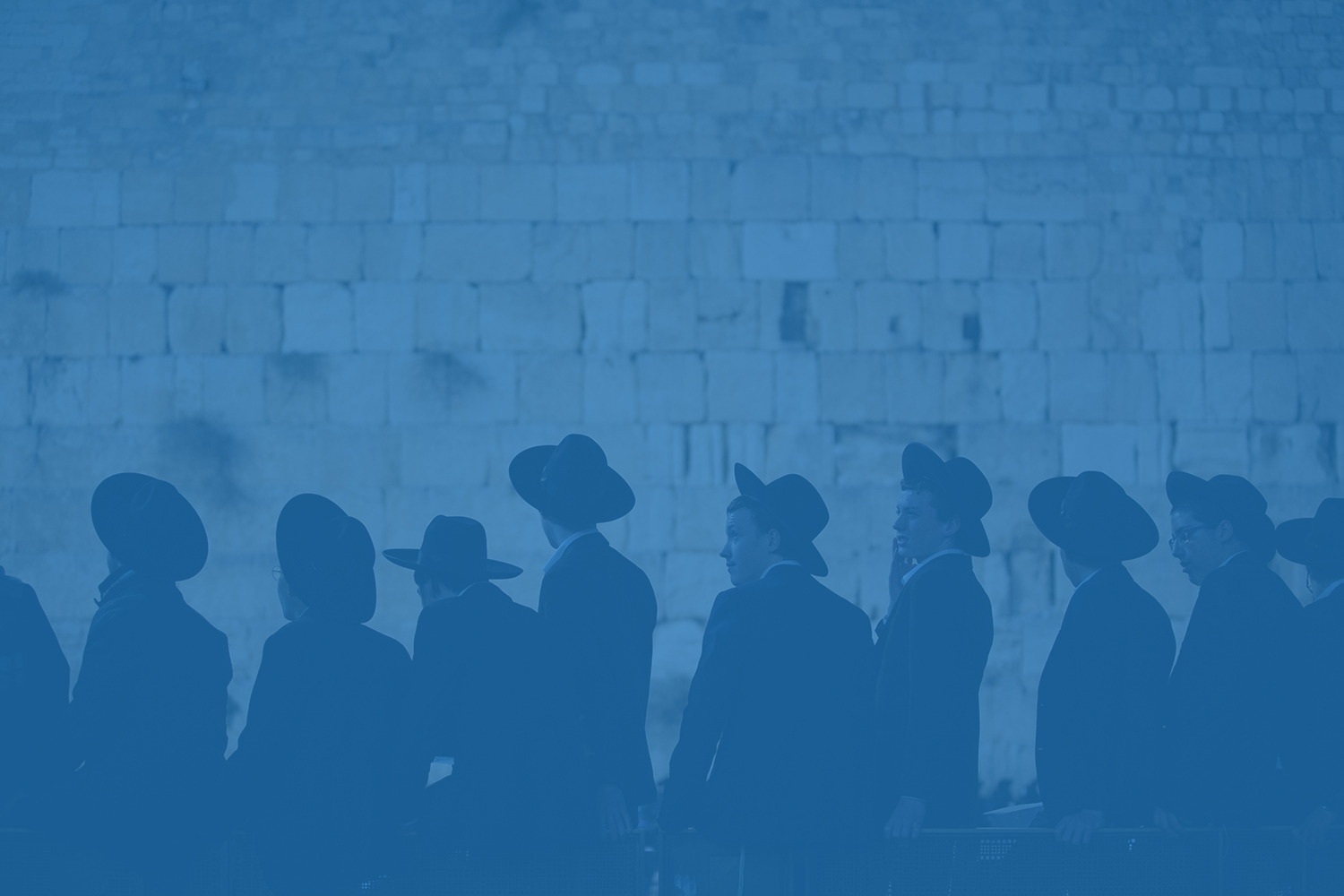Health
Chap. 6
The self-assessed physical and mental health situation of the ultra-Orthodox is better than that of the rest of Israel’s Jewish population; 73% of the ultra-Orthodox report that their health is “very good” as compared with 51% of other Jews. The ultra-Orthodox place a high level of trust in the health system and report that they do not need to do without medications or medical treatments because of their financial situation. Nevertheless, objective measures indicate poorer health as compared with the rest of the Jewish population. Furthermore, a comparison of 2017 and 2010 findings, indicates that the gap between the two populations is growing.
Preventive Medicine
There is a significant gap between the ultra-Orthodox population and the rest of the Jewish population in the area of preventive medicine. The ultra-Orthodox take fewer preventive tests and fewer immunizations for seasonal illnesses (such as the flu). For example, only 50% of ultra-Orthodox women ages 40 and over have ever had a mammography, as compared with 80% of other Jewish women of the same ages. Between 2010-2017, there was a drop of 22% in preventive tests (mammography, colonoscopy, and cervical screening) among the ultra-Orthodox.
Healthy Life Style
Indicators of a healthy life style are similar among ultra-Orthodox and non-ultra-Orthodox Jews, with the exception being physical activity: about half (47%) of the ultra-Orthodox report that they engaged in physical activity in the three months preceding the survey, as compared with 58% among non-ultra-Orthodox Jews. As for smoking: The situation here is better among ultra-Orthodox; only 11% of the ultra-Orthodox smoke, as compared with 23% of other Jews.
Information on Health and Health Insurance
Since the exposure to the internet among the ultra-Orthodox is low, they turn to the internet as a source of information on health topics .less than other Jews (45% vs. 63%). With regard to private health insurance, the percentage of ultra-Orthodox with private health insurance is very low - 17% as compared with 42% among the rest of the Jewish population.














